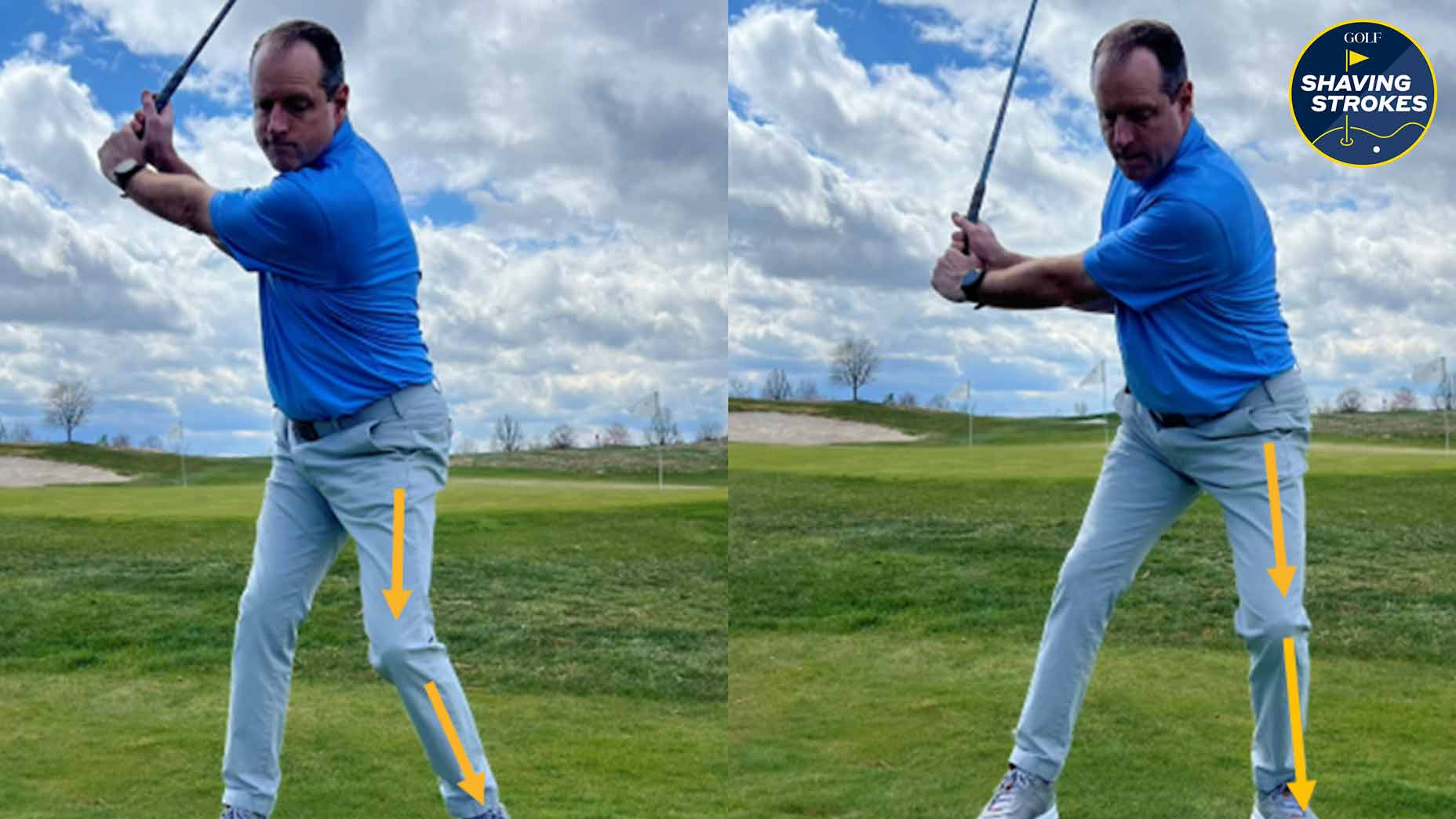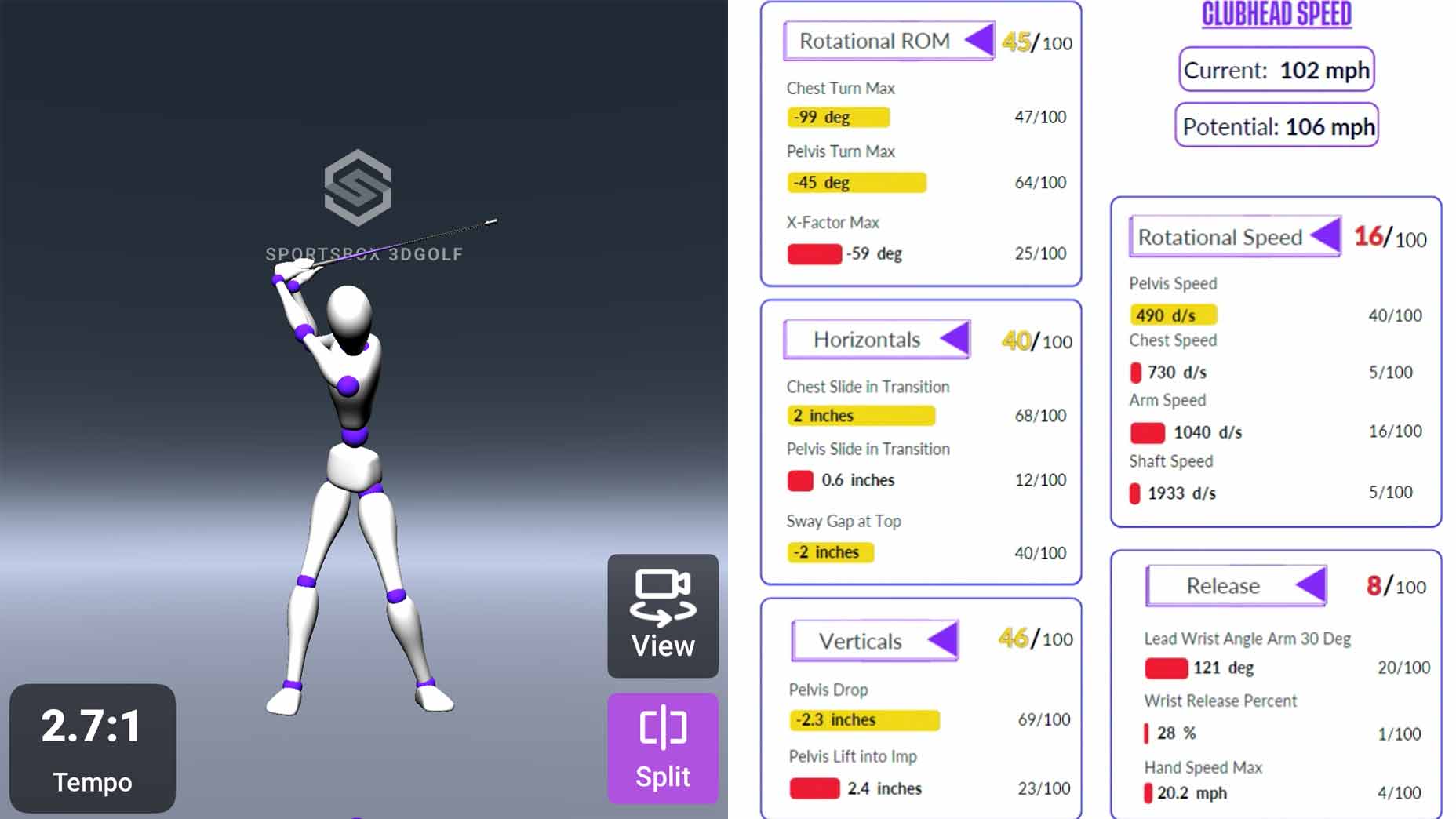HOUSTON — Putting is an imperfect science. There are several factors you have to consider when reading greens: slope, wind direction, even moisture. But arguably the most important factor is one most amateurs might not even consider: type of grass.
The two most common types of grass for greens are Bentgrass and Bermuda. Bentgrass thrives in cooler climates and is typically seen more in northern states, while Bermuda loves the heat and is more commonly seen in the South. There are many exceptions to this rule, but it is generally a good guideline to keep in mind.
Bentgrass and Bermuda might not be easy to distinguish for the untrained eye, but once you know the telltale signs, you will be much better equipped for their unique challenges. At this week’s U.S. Women’s Open, the greens are Bermuda, and so we asked several of them how they handle preparations for that as opposed to Bentgrass. Here’s what they said.
The Best Women’s Apparel
Shop Now1. Pay attention to the grain
The biggest difference between the two types of grass is that Bermuda has severe grain (the direction the grass is growing) that will affect the break of the putt. Typically, the ball will break in the direction the grain is growing, and if you don’t properly read the grain, you could be caught off guard.
“With Bermuda you have to play the grain,” said World No. 3 Nelly Korda. “That’s like the biggest part of Bermuda. Bent, you just play the slope.”
2. Focus on the color
The color of the grass can tell you a lot about how your ball will react on Bermuda. If the grass looks shiny, it means you are putting downgrain, and the putt will be fast. When it looks dull, you are heading uphill and will have a slower putt.
“I think it’s easier to read Bermuda greens, but there are more steps,” said Maria Fassi, who ranks inside the top 25 on the LPGA Tour in putting. “You can have a better idea of what the grass is like based on the color. It’s easier to notice those things, but you have to make sure you pay attention to all of those to make sure you have the perfect read. On Bentgrass, you’re just trusting your eyes.”
3. Get a feel around the greens
With Bermuda greens, the areas surrounding the greens are also typically Bermuda. That means grain will still be a factor, but it also impacts your chip and pitch shots. Shots into the grain can grab your club and make it difficult to get the ball to the hole.
“You really have to focus on how the grain will impact your chipping,” said Cheyenne Knight, who grew up in Texas playing on Bermuda greens. “If you catch it a little fat, you can really leave it short if it’s into the grain.”
4. Dial in your speed
If you can get comfortable with all of the tips above, you can start to focus on lag putting. Longer putts will require all of your Bermuda knowledge, specifically which direction the grain is growing, in order to consistently secure easy two-putts.
“On Bermuda you definitely have to worry about how the grain grows on the greens,” said U.S. Women’s Amateur Champion Rose Zhang. “I think in general it’s just getting a feel for the speed of the greens that way as well. It’s definitely very different from the way Bentgrass rolls.”
For more help on the greens, check out green books from our sister-company GolfLogix. Their green books can be accessed from your phone and will save you strokes. Download the app today!














